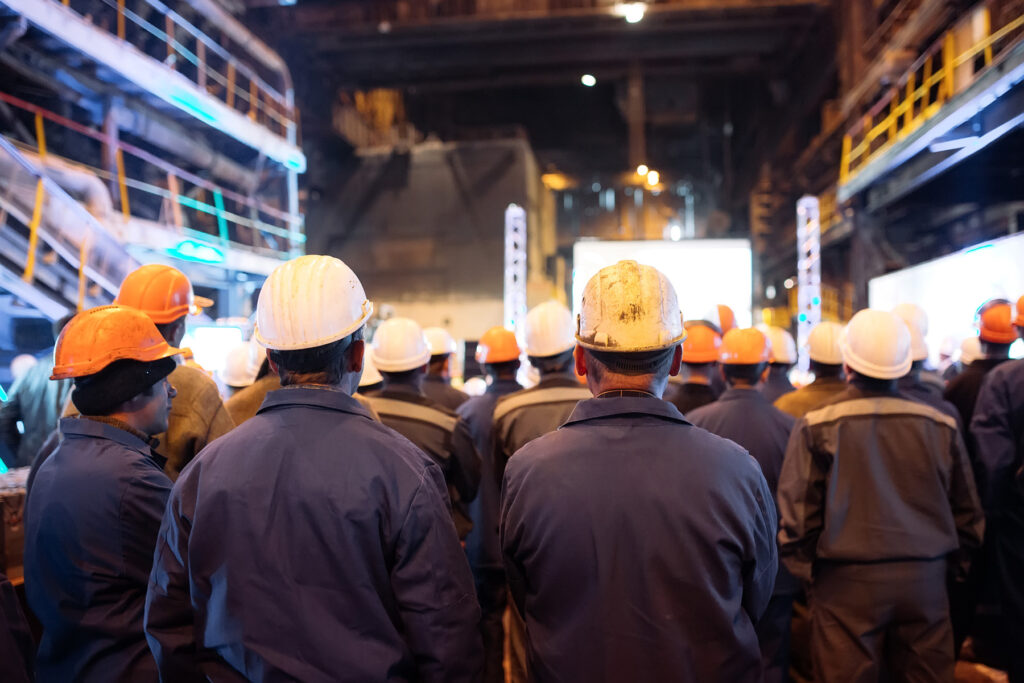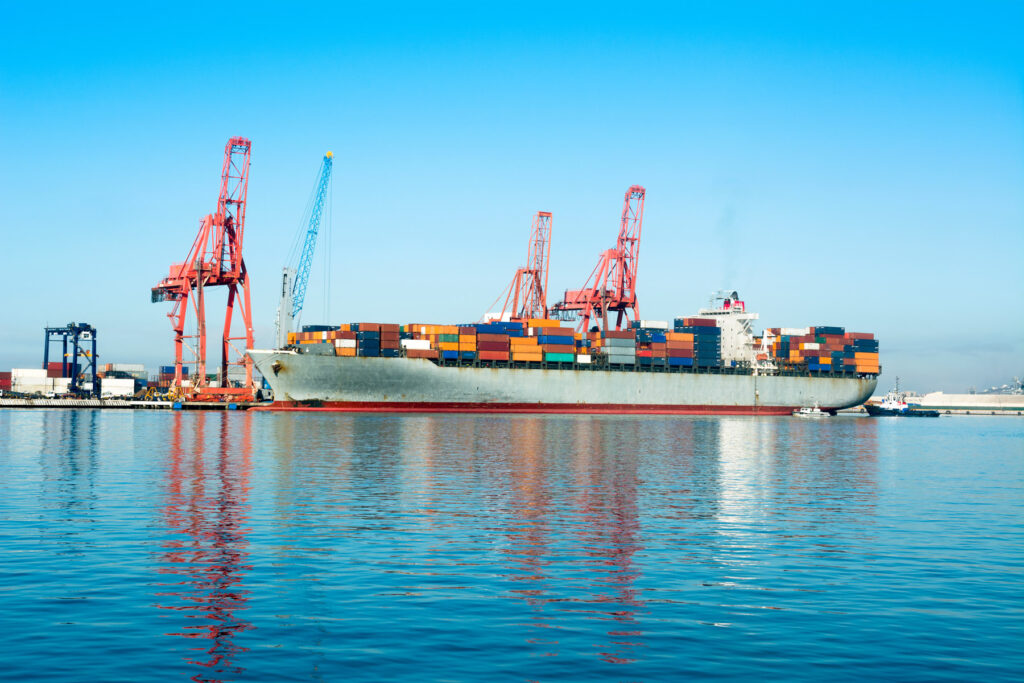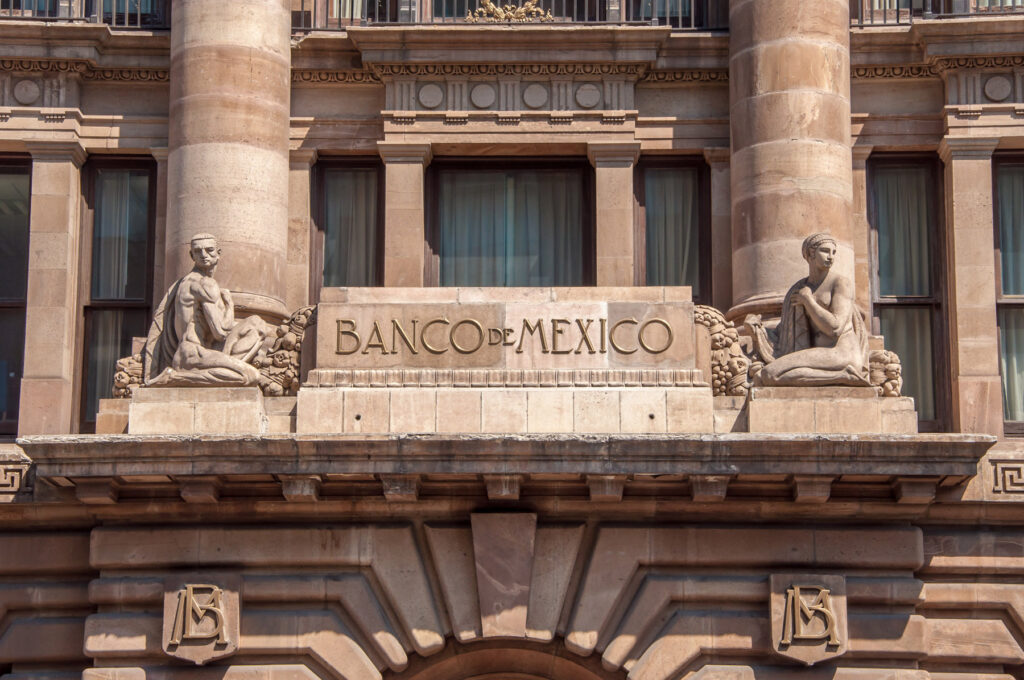US economic experts are sounding the alarm as they predict the likelihood of a US recession striking by 2024, specifically in the second quarter. This warning comes as concerns over soaring debt levels and a precarious job market cast shadows over the nation’s economic outlook.
But the matter is far from settled. And there are still more economists and experts increasingly optimistic about the US economic outlook for 2024. Backed by a wealth of data and specific statistics, these experts challenge the notion of an impending recession, opting instead for a mild forecast of slow growth.
Whether or not the US will experience a recession in 2024 is impossible to predict with certainty. But below, we’ll detail the factors pointing each way so you can decide for yourself.
Indications a US Recession May Be Coming Next Year
Jeff Gundlach, known as the “Bond King,” emphasizes that the growing debt burden is a significant indicator of an impending economic downturn. The United States is grappling with record levels of debt, and the situation appears to be spiraling. The national debt, currently exceeding $29 trillion, continues to rise. Meanwhile, ongoing inflation compounds the problem.
Bill Gross, another prominent voice in the financial world (and another “Bond King”), also raises red flags regarding the US economy. Gross highlights the shaky job market as a key factor contributing to the looming recession. Despite recovery efforts and economic stimulus programs, the labor market remains fragile, with fewer Americans seeking manufacturing jobs and skills. And rising costs and the impracticality of training workers for the specialized roles demanded by modern manufacturing only exacerbates this challenge further.
Gundlach’s warning is particularly unsettling in light of the $1 trillion that a potential recession could cost the United States. This would have a significant impact on GDP and productivity. But Gross’s concerns about the job market also indicate a deeper issue—finding qualified labor is becoming increasingly difficult. In fact, according to a recent survey of US manufacturing executives, it’s now 36% harder than in 2018 to find adequate labor.
While there are alternatives to tackle the imminent labor shortage, such as nearshoring options in Mexico with its skilled labor force and state-of-the-art facilities, this doesn’t change the fact that US recession may be imminent. These warnings suggest that unless substantial measures are taken, the next year could bring a challenging economic climate for the United States.
Signals US Won’t Experience Recession in 2024
But there is also optimism in the data. According to a recent survey reported by Benzinga, close to 60% of economists believe the Federal Reserve has concluded its current cycle of raising interest rates, after hitting a 22-year peak of 5.5% in July. This would indicate a stable monetary policy that is conducive to economic growth.
Furthermore, this data highlights that economists forecast a drop in inflation, with expectations of it decreasing to 2.4% by the end of next year and 2.2% by the end of 2025. So, is a recession really imminent? This data suggests not. It may well be that the US economy is on a sustainable path for 2024.
In fact, in spite of a recent poll of America’s CEOs predicting an 84% chance of a recession in 2024, a growing number of economists agree this just isn’t so. In response to this pessimism, Fed officials insisted on a 0% likelihood, emphasizing a robust economic outlook in accordance with a growing consensus among economists.
These specific numbers and data points create a compelling case for optimism. The combination of low-interest rates, declining inflation expectations, and the Federal Reserve’s confidence points against a US recession in the near future.
Meredith Whitney, Founder & CEO of Meredith Whitney LLC, recently gave a Yahoo interview explaining why a recession seems unlikely for 2024. Her 5 arguments for optimism were:
- Home Equity: homeowners, especially those aged 50 and above, have a substantial amount of equity in their homes, with over 70% of US housing owned by this age group.
- Low Mortgage Rates: many homeowners are sitting on fixed-rate mortgages of 5% or lower, which could make the economy more immune to changes in interest rates.
- Cash Deals: Recently there were record all-cash deals in home purchases, indicating that many homeowners have significant equity and are likely to buy smaller homes for cash when they sell.
- Home Sales Trends: there is a shift in the housing market dynamics, with an increase in the supply of homes as more homeowners, especially those over 50, decide to downsize and sell their properties.
- Slower Growth, Not Recession: this suggests that the economy is experiencing slower growth, but not a recession. Consumer spending remains supported, and there’s optimism for the near future.
Manufacturing for the Future
Whichever course the US economy takes, US manufacturers and businesses should hope for the best while preparing for worse. While both sides have good evidence for their outlooks, the most likely outcome may fall somewhere in the middle.
Things aren’t great for the US economy right now. We’ve been in a manufacturing recession for several months now. And downward pressures may push the markets into negative growth for a short period. But companies can take steps now to weather downturns and capitalize on market shifts.
In fact, manufacturers who focus on innovation and future growth tend to thrive even in a recession. And these are good practices to prioritize no matter which way the winds of Wall Street are blowing.










